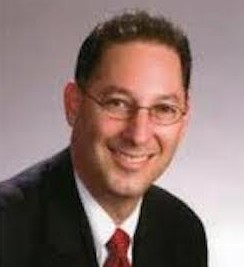Confidentiality and the Law
“Protecting my sources” has long been a vital part of news reporting. Confidentiality is often also claimed by physicians, counselors, and the clergy. How far that can go and whether or not information can be requested for a legal proceeding of has long been a hotly contested arena for debate. There are, however, some commonsense solutions to whether or not confidential information should be admissible in a court of law or revealed for any purpose.
- Develop proof through other means. This is where forensic investigation shines. It can produce evidence that relies on the physical items at the scene of a crime, rather than on witnesses. While not completely infallible because the information is open to interpretation, it is a far more reliable resource that many other options.
- Create a clear legal covenant between the recipient of the information and the informant, laying out the circumstances under which information must be revealed to authorities. A well-known example of this is that teachers and counselors are mandated to report suspected child abuse. Clients who visit a counselor should be advised that if their interaction reveals potential future illegal activities, that the counselor will be obliged to report it. If a client reveals that he or she has in the past, and plans to continue to make child pornography, for example, the counselor must reveal such information or otherwise may be criminally liable themselves.
- Establish that information, even when given in confidence, can be subpoenaed and that under such circumstances it will have to be surrendered. An example of one type of information that could be requested is library records of who has used a computer, when, and what sites were accessed. This is also true of check-out records for books, which is why most libraries no longer keep checkout histories. (It also saves space on their computer resources, but that is a completely different story.)
One might wonder why this could be such a big deal. For an example, let’s turn to the infamous Salem witch trials. For an entire winter, a village amused itself with accusations, “evidence” and executions for practicing witchcraft. Retrospective considerations of the well-documented trials have given rise to speculation as to why and how this event managed to occur. Ideas run from ergot on improperly stored grain to malicious and deliberate machinations to grab property. Many of the accusations were based on hearsay. Suppose a village elder was told, in confidence, that a local resident had been observed making a poppet. Poppets were supposed to be a witch’s tool, similar to voodoo dolls. Indeed, at the heart of all of this was a servant who was excellent at storytelling and harrowing up hysteria.
Questioning at these witch trials was aggressive and often similar to torture, all done for the good of the soul, of course. If it were discovered that the elder had heard such a confidence and if he or she refused to give up the name of the person, then the usual method was to pursue the “evidence” with prejudice. If the elder confessed to knowing the information and gave the name, then he or she was accepting self-condemnation as well as condemning the confessor. Modern trials, one hopes, are run according to much better standards than that long-ago legal fiasco, but some sorts of trials tend to harrow up the emotions, making it difficult for justice to be served.

